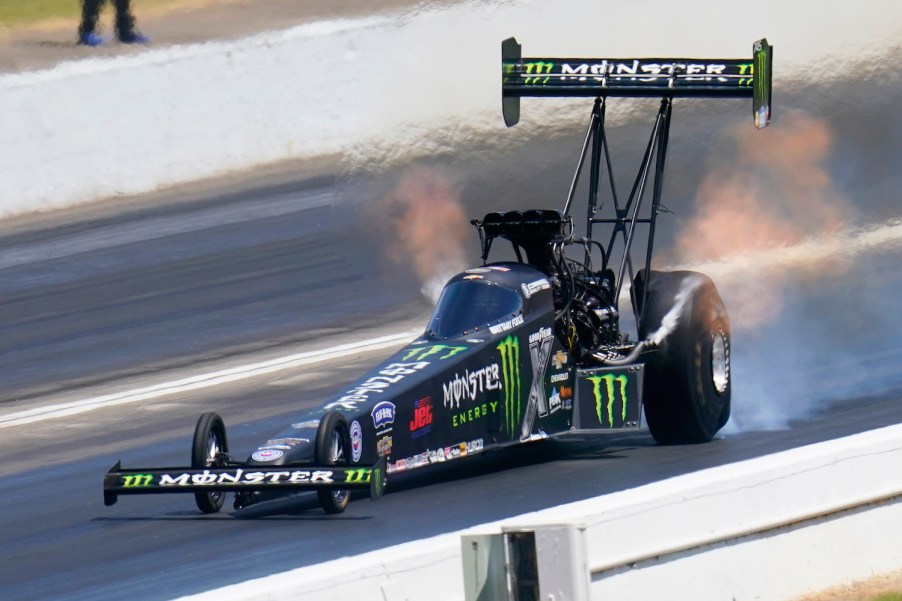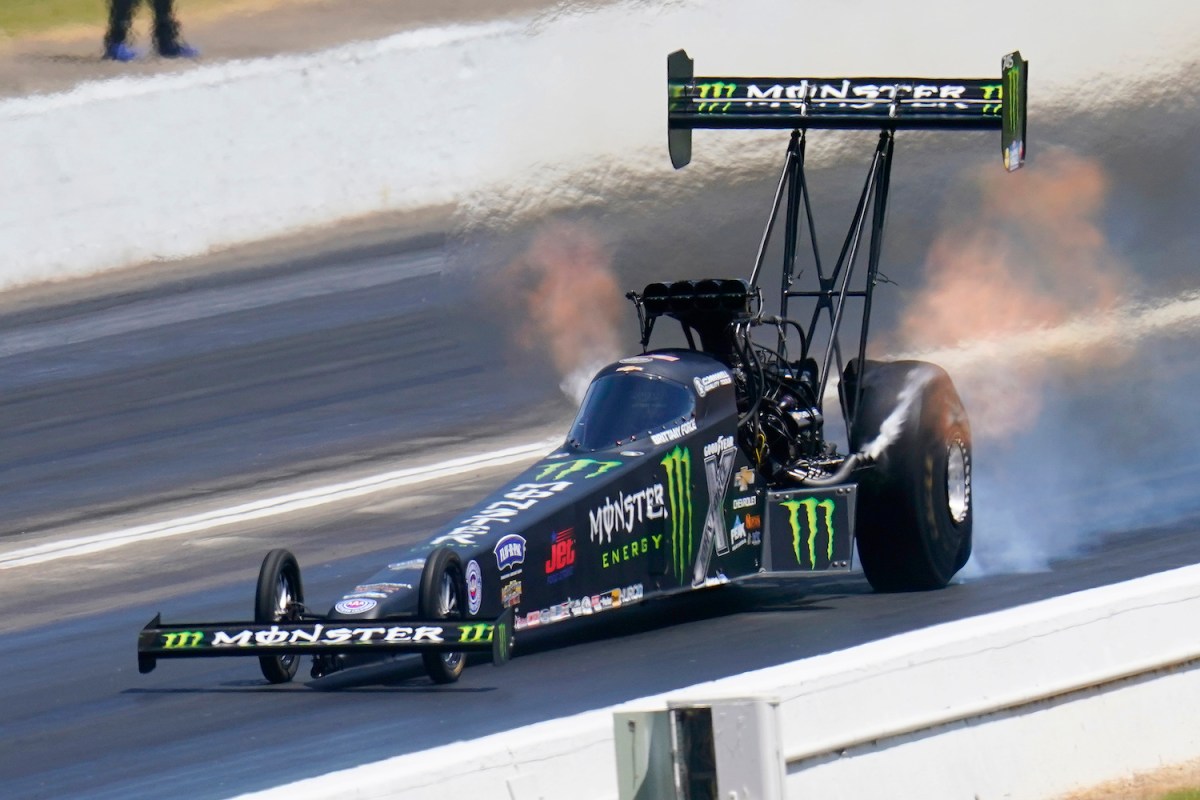
Should You Run Your Sports Car on Methanol?
Running a performance car on alternate fuels like methanol has been a popular modification since E85 was introduced, and for good reason. E85 has a higher octane rating than pump gas, around 110, and has cooling properties which help with knock resistance. Indycar has run it since 2012.
If they can find it, car enthusiasts can get E85 at the pump for much cheaper than gasoline. So with all this in mind, why would anyone want to use methanol injection, instead of E85? Here are some of the advantages and disadvantages to running methanol, but ultimately you’ll have to decide for yourself.
What are the advantages to using Methanol?
Almost all gasoline in the U.S. contains ethanol, but for all of its pros, E85 does have a few setbacks. It’s hard to find, burns much faster than regular pump gas, and retains water easily which makes it extremely corrosive. Unless you get a flex fuel sensor, the engine will need to be retuned whenever you want to run pump gas. Methanol while also corrosive can be mixed with water to hamper its harmful effects.
Methanol injection ideally activates at a certain RPM. It cools the engine down and adds power thanks to its oxygen content. MotorTrend calculated a 60-percent increase in energy output with methanol injection. Methanol can also clean carbon deposits from inside the engine, when the water evaporates into steam.
What are the disadvantages?
We already mentioned the disadvantages to running methanol injection. It’s corrosive and burns much quicker than gasoline. Pure unmixed methanol can be hard to find. It’s best use is in boosted cars that need to go really fast, and don’t sit still for a long time. In other words, race cars benefit the most from methanol injection, so it’s not the most practical modification for naturally aspirated engines.
What’s better, E85 or methanol?
The answer is, without a flex fuel sensor, to simply to use both. Ethanol produces greater power output, but the consistency of E85 from fill-to-fill varies. Because the consistency of E85 is so unpredictable, without a flex fuel sensor the car needs to be tuned down to 98 octane to account for E70-E85 range, according to Matt Snow, owner of Snow Performance. Using methanol in tandem can make up for the difference.
Should you run your sports car on methanol?

Methanol cools the engine internals and helps prevent detonation, allowing a tuner to run more degrees of timing. Boosted engines reap the benefits of methanol injection greater than naturally aspirated engines, and according to owners of such systems, it doesn’t need a tune unless the boost pressure is being increased. It’s probably a good idea either way.
A kit is cheap and easy to install and takes less than an hour, and you can inject the methanol from the windshield washer fluid reservoir, which has a fluid level sensor. In fact, windshield washer fluid contains a certain amount of methanol. It’s one of the best “bang for your buck” ways of gaining a horsepower advantage.
There doesn’t appear to be a downside, however it may not be worth the trouble without having a boosted car first. If running a high-horsepower car, around the 1,000 range, methanol is a no-brainer simply for its cooling abilities.






